Washed Process Coffee: Coffee is a popular beverage worldwide; washed coffee holds a special place among its varieties.
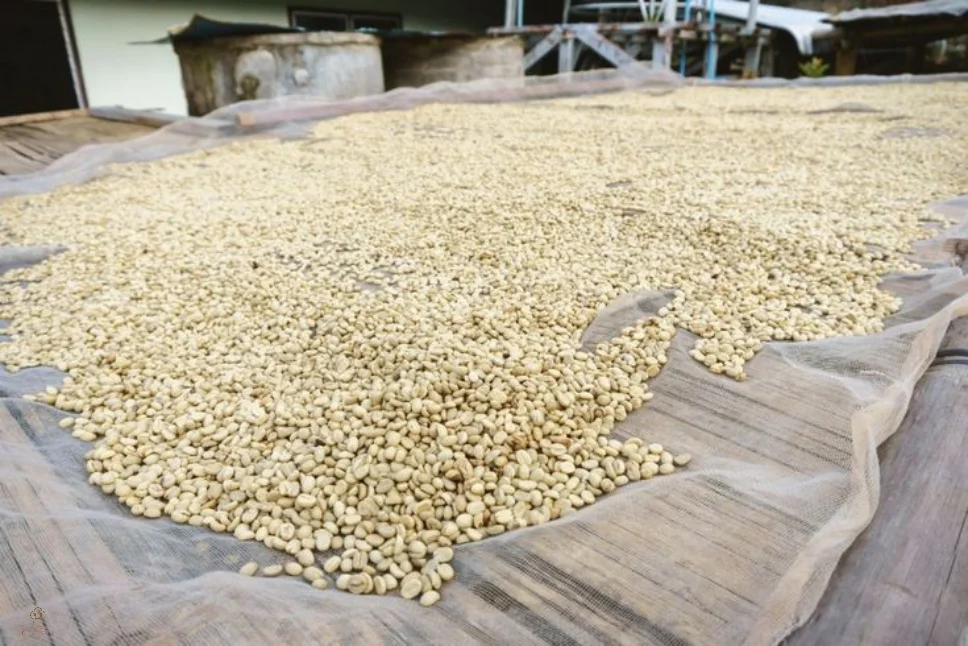
Would you like this Washed Process Coffee?
Washed coffee is prepared uniquely, highlighting its taste and quality. This article will highlight ground coffee’s ingredients, preparation steps, and benefits.
What is washed coffee?
Washed coffee is a gentle, fragrant, and transparent process that involves washing and cleaning coffee beans, known as the “water process” or “washed process”.
Ingredients of Washed Process Coffee
The following ingredients and supplies are needed to make brewed coffee:
- Coffee Beans (Coffee Cherries): Fresh and quality coffee fruits are picked.
- Water: Clean water is used to wash and process the coffee beans.
- Machinery or Hand Cleaning Equipment: To remove the outer layer from the coffee beans.
- Place to dry: Sunlight or dryer can be used.
What’s the distinction between washed and natural coffee?
Coffee processing methods include “washed” and “natural” methods, with “washed” involving de-pulping and fermentation before drying, and “natural” drying while still in the fruit.
From recipes to kitchen tools, food preparation is a fascinating blend of science, tradition, and innovation. Delicious sandwich recipes often revolve around balancing flavors and textures, much like the difference between a burrito and a chimichanga, where the former is soft and the latter fried for a crispy exterior.
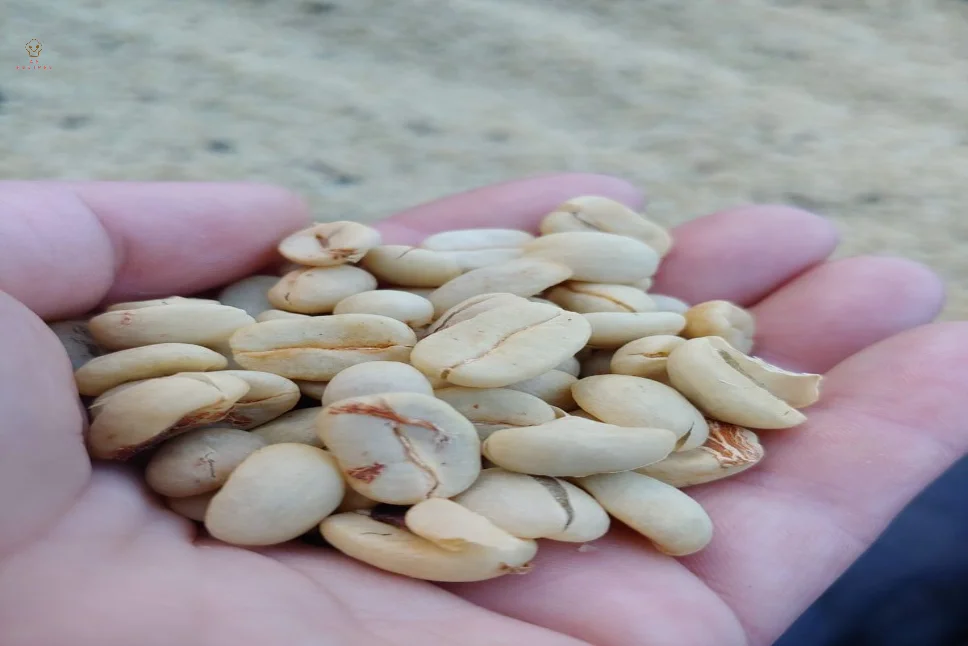
What are the three types of coffee processing?
Coffee processing methods include honey, natural, and washed methods. If you enjoy coffee, you’ve probably heard of terms like washed, honey-processed, or natural-processed coffees.
What is washed and semi-washed coffee?
Coffees are typically washed, with natural and semi-washed/hosted options. Natural coffees dry fruit in the sun, while semi-washed/hosted coffees use sun-dried mucilage.
Is coffee better washed or not washed?
The speaker argues that washed coffees have a cleaner, more flavorful, and acidic body, while natural coffees have a larger, less delicate, and stronger sweetness.
Creative preservation techniques, such as pickling, extend the shelf life of foods while enhancing flavors. Drinks like the retro orange whip or Baileys-infused coffee are classic indulgences, while snacks from Trader Joe’s or comfort foods like skillet cookies satisfy cravings
What is the wash processing method?
Coffee cherries are soaked in enormous tanks before the pulp is extracted in the washing process, sometimes referred to as the wet process. Because this method retains coffee’s qualities—especially those of single-origin coffee—better than any other method, it is well-liked.
A processing procedure of washed coffee
Cleaning Coffee Cherries:
- The coffee beans are picked and substandard or damaged beans are separated.
Outer layer removal:
- Coffee cherries are pressed by machine or by hand to remove the outer pulp.
Fermentation Process:
- Coffee beans are naturally removed from their mucilage during a 12-48-hour soak in water.
Drying:
- The washed seeds are dried in sunlight or by machines until they have a moisture content of 10 to 12 percent.
Benefits of brewed coffee
Clean and balanced taste:
- Washed coffee has a more transparent and smooth taste, bringing out the coffee’s original aroma and taste.
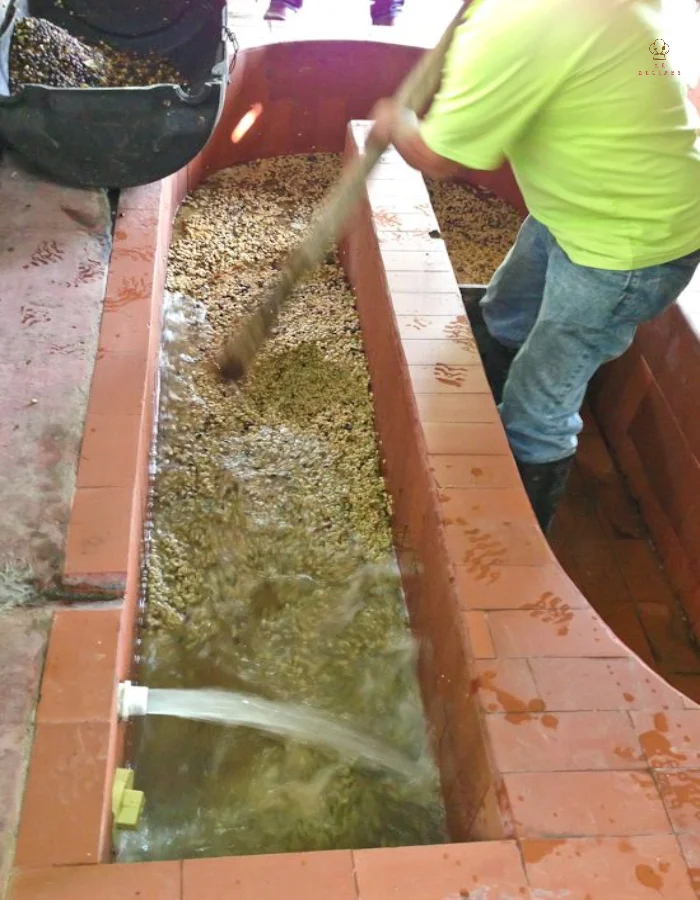
Standard Coffee:
- This processing procedure maintains the quality of the coffee beans, resulting in high-quality coffee.
Environmental Protection:
- This process uses water efficiently, and if done properly, has a low environmental impact.
Which coffee processing method is best?
Because no pulp or mucilage imparts sweetness or variation, fully washed coffee depends on the cherries absorbing enough flavor from the climate, elevations, and soils to provide high-quality coffee in the cup. Therefore, fully washed coffee is typically regarded as the most true reflection of an origin.
What are the 3 layers of coffee?
The CREMA is the top layer. It contains the shot’s most exquisite flavors and aromas. (2) The BODY, or middle layer, should have a deep caramel hue. (3) The espresso’s bottom layer is its,
For health-conscious eaters, the protein in egg noodles or bacon can support diet goals, while dishes like larb salad showcase flavorful lean options. Beyond recipes, tools like a spritz cookie gun or nonstick cookware simplify cooking, and knowing how to clean a glass cooktop or boil cabbage ensures a pristine kitchen.
What is the difference between arabica and robusta?
Robusta and Arabica beans differ in flavor and cultivation, with Arabica having a milder, aromatic taste and a deeper, more complex flavor.
Whether exploring cultural staples like authentic Mexican dishes, Greek fare, or hearty Southern cornbread dressing, food remains a universal language of joy and nourishment.

What is instant and filter coffee?
Filter coffee is normally produced using fresh roasted and ground coffee beans. As a result, it has a stronger aroma and fresher flavor than instant coffee. Because instant coffee is typically manufactured from concentrated and dried coffee extract, its aroma and freshness may be less noticeable.
In Brief
Ground coffee is a great choice for coffee lovers, especially those who like a clean and mild taste. Although it takes a lot of time and effort to prepare, its taste and quality are worth all the effort.


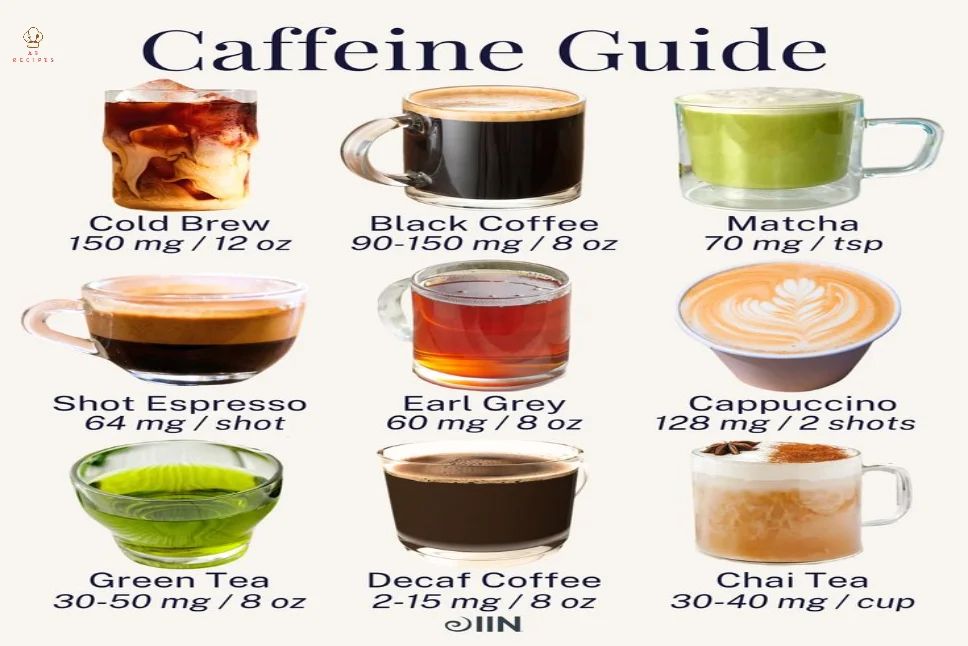
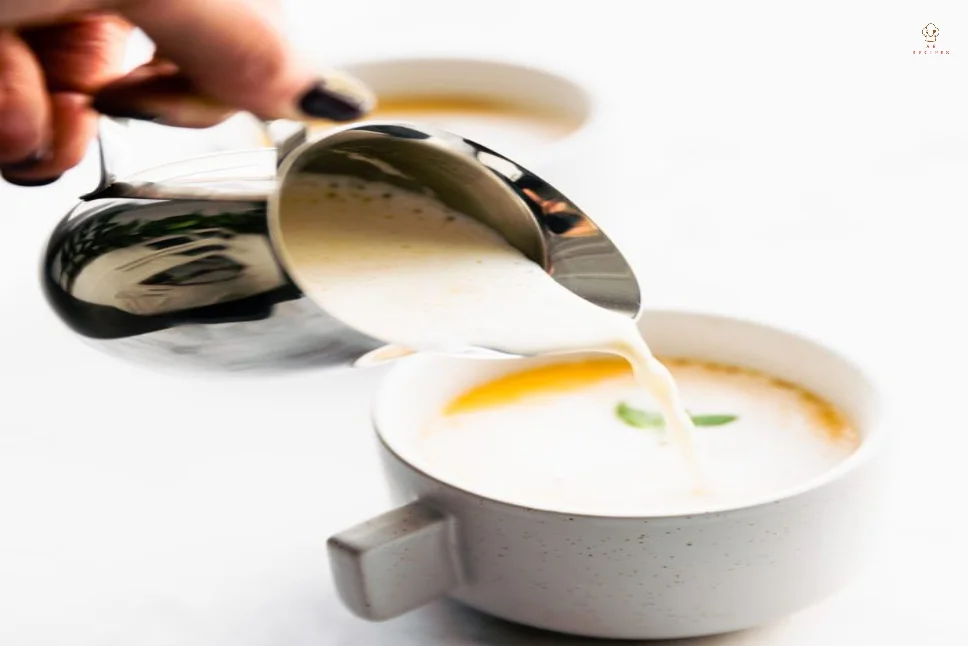

[…] Coffee Company is a specialty coffee brand known for its creative flavors and bold branding, often appealing to fans of pop culture and […]